BT: "Synths like the Prophet-5 were built in Dave Smith’s garage over a period of weeks… now they’re just banged out in China."
Grammy-nominated film score composer and trance legend Brian Transeau is back with his first dance music album in seven years
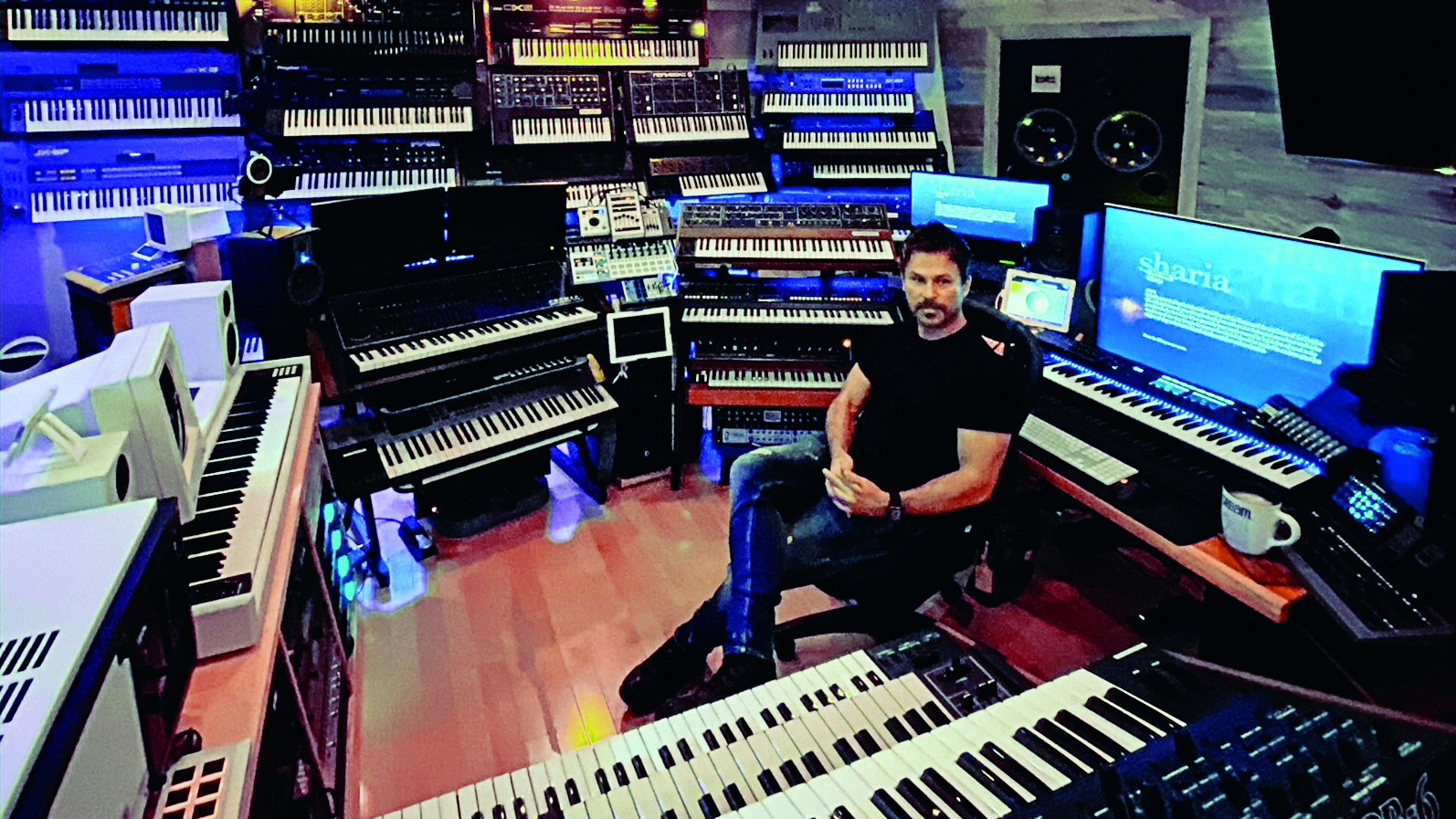
Few electronic artists have displayed their passion for sound, technology and innovation with as much enthusiasm as Maryland-born producer Brian Transeau (BT). From his first album, Ima (1995), BT has adopted a pioneering approach to music-making, segueing into film soundtrack, TV and video game scoring, with each project informing the next over a diverse catalogue of releases.
Not just a technology geek but an inventor, BT is famed for creating iZotope’s Stutter Edit sound-processing plugin and, more recently, Stutter Edit 2, BreakTweaker and Phobos with Spitfire Audio. Following two full-length multi-movement experimental albums in 2019, The Lost Art of Longing sees Transeau return to the classic trance sound he’s best-known for, binding 25 years’ experience into a project he describes as a journey of deep personal significance.
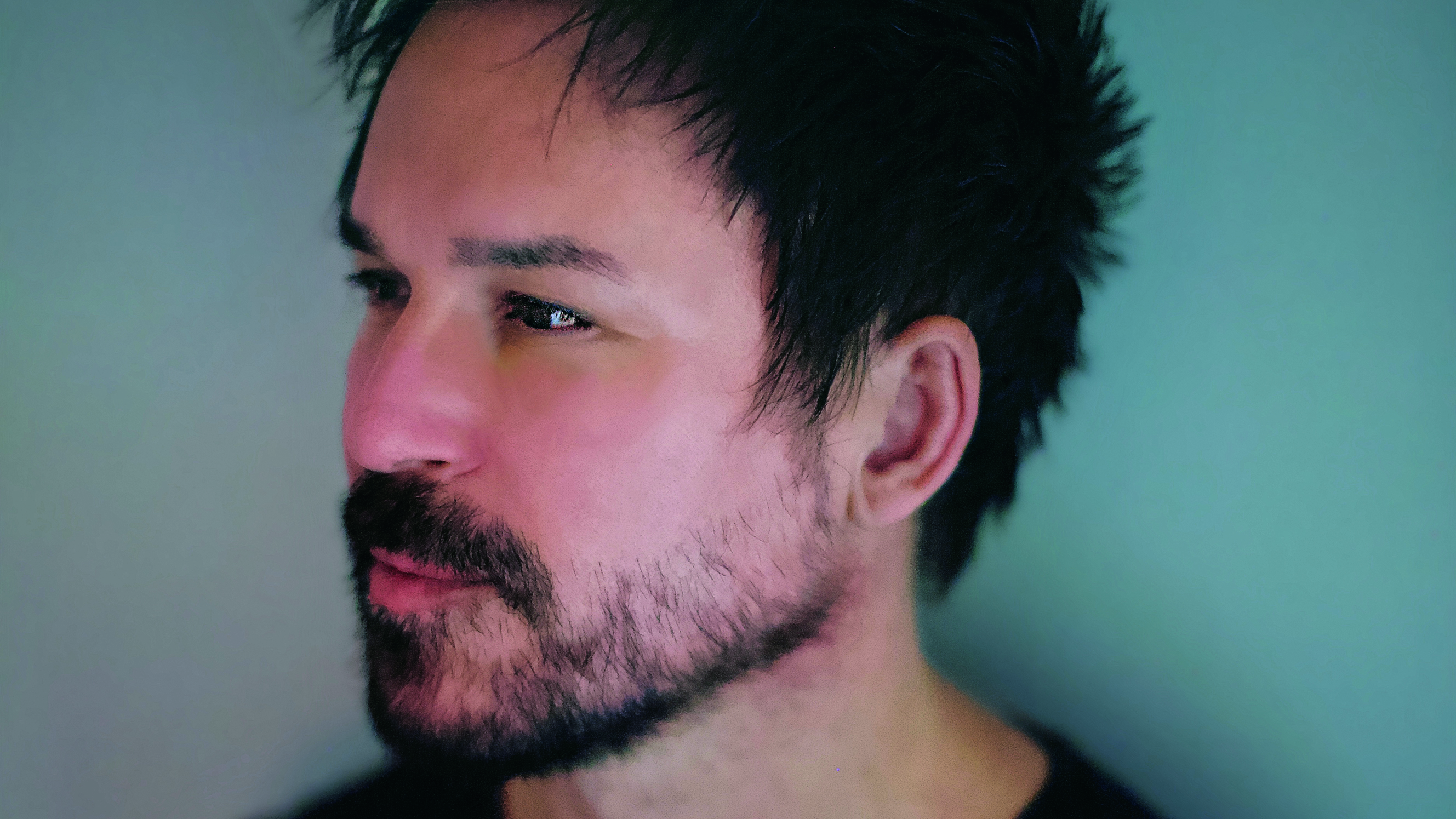
Dance music is increasingly moving towards the release of singles and EPs over albums. Is that something you’ve had to fight when it comes to selling music?
“Yes, every day. From managers to lawyers and agents, I’ve respectfully let representatives go for telling me something has to be done in a certain way. They tell me that people’s attention span is so small that you have to put out one song every month for x years and have a certain social media output and I’m like, you know what? No you don’t.
"I was blessed to go on tour with a demigod superhero of mine, Howard Jones. Watch how he interacts with the world and how his fans have stayed with him for so many years selling out 5,000-seater rooms in ways that other big artists can’t. He’s not worried about his Spotify monthly listen or having a song out every month - he’s making music that makes people feel more connected.”
Are you worried that the pandemic has exacerbated how artists might be manipulated by the industry?
“Here’s the dark problem. A lot of people in management take advantage of the fact that artists work from project to project and need to pay for food, family or their mortgage.
Want all the hottest music and gear news, reviews, deals, features and more, direct to your inbox? Sign up here.
"It depends on how successful you are by the way, Tiësto and Calvin Harris will be fine - and good on them, but here’s the conversation; they put an artist in a room at a big scary board table and say, if you don’t do what we tell you, you’ll be irrelevant and should go work in Guitar Center. So you’ll play at this festival for free, do online streaming for free and grind out music you don’t like one time a month and repeat that over and over again or you’ll never be hired for another show when things go back to normal.”
The music business is a den of sin and inequity, but there’s also a negative side.
How can artists combat that?
“I’m not displacing responsibility on the artist. Ultimately, it’s up to them to put their foot down and say they don’t believe in what’s being said, but maybe they need to look at the generation before them who have followers who love what they do. Their Spotify numbers aren’t through the roof and some even make a living selling CDs and vinyl.”
There’s a quote about the music business being a cruel and shallow money trench…
“Yeah, the music business is a den of sin and inequity, but there’s also a negative side [laughs]. It’s so true, man. That’s not to say there aren’t tremendous people operating in it. I have a 20-year relationship with Arny Bink of Black Hole Records. He’s launched the careers of so many remarkable artists in the electronic music space. I would give the keys to my house to this guy.”
You’ve also done your bit to help up-and-coming artists…
“I’ve been working on a bucket list project for the last year that will probably take another 12 months to wrap up. It’s this whole big educational thing, because so many people over the years have asked me about my techniques and how I manage to finish so much music. I realised that I teach all of these things privately to my friends and peers but never share them with the community at large, so I’m really hoping this astro course will add value to people who feel creatively stuck, whether it’s starting an eight-bar loop or being unable to finish songs or projects. I know how to do that and, over the years, have come up with a crazy system.”
Give us a snippet…
“A lifesaving object for me is a timer that has increments on it and I use a technique called time-blocking. I’m really diligent about time management and tend to tick away at these small slices of achievable projects, whether it’s music software, albums or production. I run a lot of things in parallel because I have this regimented system, but if you’re just about to dip your sea legs in the creative space I would recommend working on one thing at a time because creating a space where you can finish something is the best way to reward your childlike creative self.”
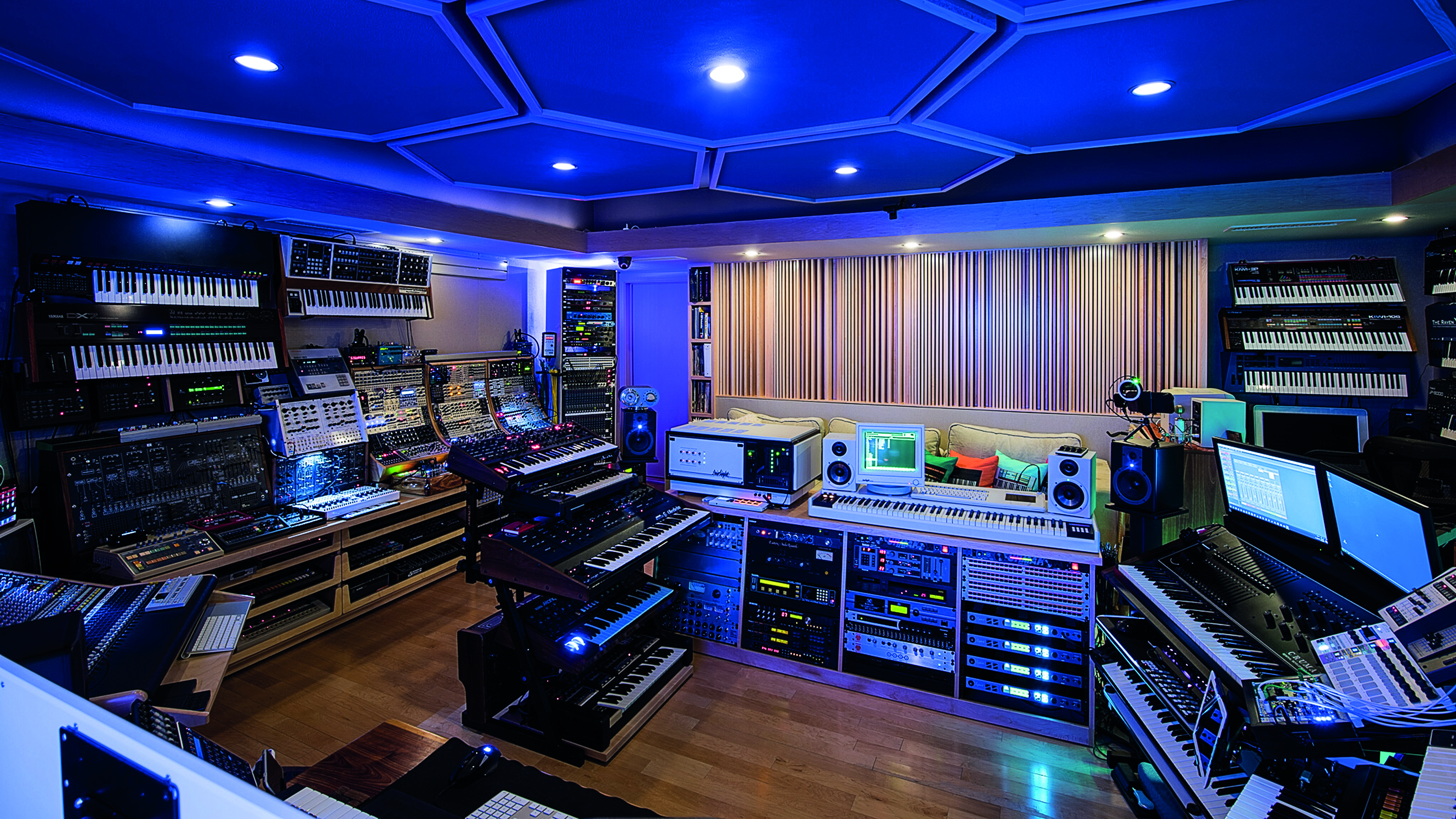
In your case, are you constantly working on projects simultaneously and partitioning tracks into folders for future use?
“I’m writing ambient and the more experimental This Binary Universe-type music literally every day, so there’s always an album in progress. I always ask myself the question: if this is my last record what am I leaving for people?
"Although I love working on things in parallel, I still get overwhelmed sometimes - my software development schedule is bananas because I currently have 11 applications in development across seven companies. But you’re right, during my writing time I’ll write something and think, dang, that would be really great as some kind of crazy IDM thing for a project that’s emerging. Then I’ll go to the modular that weekend, print a big patch and maybe two weeks later schedule time to merge those two things and create a finished track that lives in a project folder.”
Do you discard a lot of music or would that be wasting time?
“Honestly, nothing goes to waste. If I’m writing something for a film and a director says it’s great but we want that cue to be fully electronic and not orchestral, I’ll think, cool, but I like it so I’m going to flesh it out and create a fully released piece.
"A lot of the tracks on my last couple of records were exactly that. I was ghosting on a film, composed about five cues and even recorded stuff at Abbey Road but ended up using some of it for my own stuff.”
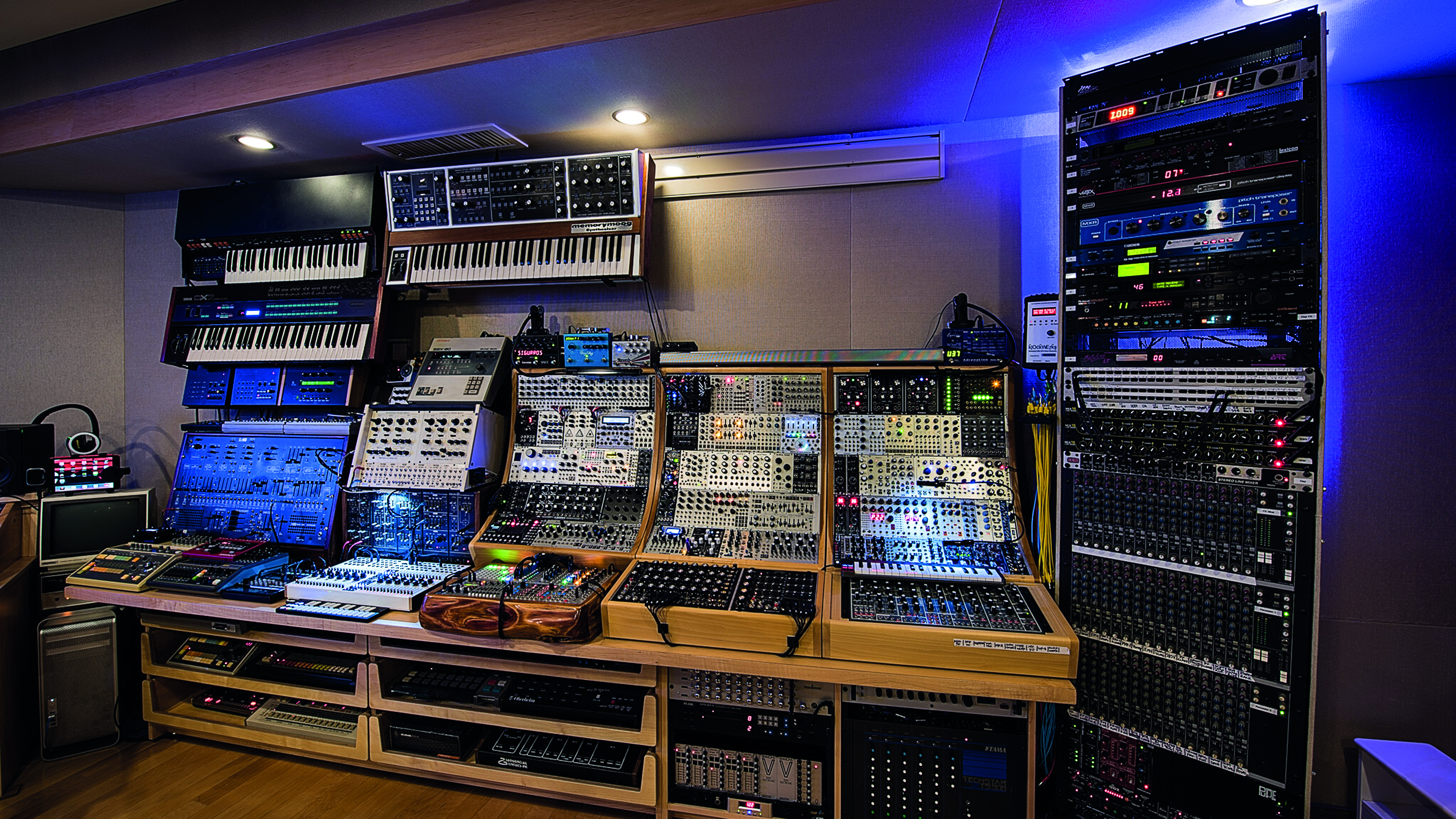
The Lost Art of Longing returns to your trance/progressive house sound. Is it about returning to a comfortable space or are you motivated to bring something new to the genre?
“I think of my BT albums as a conversation with myself around songs, while the more experimental things I do are typically instrumental and I get to do all kinds of whacky time signatures and crazy things that I studied as a school kid. But my album Electronic Opus was an eye-opener for me because of the idea that I could invite parts of myself into a room.
"This new album was the first time that I’d created a song combining trance 2.0 with neuro breakbeat stuff and synth wave. The track Walk into the Water is a perfect example. It’s an 11-minute piece of music but in the middle of it I thought, you know what, I’m going to write a brass section - just because. After 11 days, you start to question whether it’s wise to make these bespoke Cubase autoloads with 700 tracks on one 24-bar chunk of music, but I played it to Howard Jones and he said, 'dude, that is so creative', and that felt good. This time, I didn’t separate the usual glitch Max/MSP sound ideas from the orchestral, deep counterpoint live recording thing - it’s all on one record and the height of what’s possible for me.”
Has tech changed enough recently for you to take a new approach to making trance?
“There are things that have cropped up over the past five years that have completely revolutionised how I make music. Two of them have been a paradigm shift.
"I got a supercomputer from PC Audio Labs that’s changed my life. It’s like a hot-rodded PC that runs a program called Vienna PRO that allows me audio over IP. Over a single Ethernet cable I can connect my computer from a 2013 black trashcan Mac, and in that setup I have 3,500 Kontakt instances loaded, coloured, volume-matched and grouped in folders. I’ve taken string libraries from 100 different companies and balanced the stems so they match, going through the same convolution reverbs, and have a 24-channel stem thing where I can hit a button and render out these massive orchestral mock-ups in Cubase.
There are things that have cropped up over the past five years that have completely revolutionised how I make music. Two of them have been a paradigm shift.
"That’s been a defining moment for me because I use Cubase, Logic and Ableton Live almost daily, but Cubase is the one I forced myself to learn five years ago. I literally used to write with pencil and piano, do a bad piano mock-up using crappy string sounds and wait until I got into a studio to make a live section, but some of these software articulations have gotten so wild it breaks my brain.”
What was the other game-changing shift?
“I’m not saying it because they’re my partners, but iZotope’s RX changed my life. Every single stem of every song on this album has been curated and combed through with spectral de-noising, bespoke moving filters and de-clicking for a forensic level of detail. It’s like working with Photoshop for sound. I’m able to do things in there that I’d dreamed of my whole life.
"A lot of the songs on the album feature Dolby Type A production where you pull some of the noise reduction cards out and print vocals to get a really hyped sound. Steve Perry, the lead singer of Journey, told me about it. It’s a parallel processing trick that gives you the most remarkable HD-sounding treatment on vocals that I’ve ever heard. When you listen to a vocal you can literally hear the person’s mouth moving - it’s unbelievable.
"Using a combination of Dolby A treatment and RX, I made these hyper real-sounding vocals on five tracks from the album. I probably spent three hours on each vocal stem and some of them are 60 channels wide, but man, what a sound. RX is as important as any instrument or DAW I own.”
Your studio is absolutely extraordinary. Does knowing what tool to use at any given time have to become an instinctive decision?
“My studio is split into four parts. When you come through the door, the first thing you’ll see is a big rack of effects next to my rackmount and hardware drum machines, such as the Roland 808, 909, Linn Drum, Oberheim DMX and Simmons SDS. It’s also where I keep all my old and new modular gear, like the Oberheim SEM, ARP 2600 - this one belonged to Pink Floyd, and I have the second Devilfish TB-303 ever made; Josh Wink has the first one.
"This whole area is one station, but it can’t talk to the rest of the room. It’s my activity area, full of patchbays and cables, but I’m not looking at a keyboard. I basically go to this area when I’m banging my head against a wall working on a score cue or mix and need an ear break, so I’ll just go nuts, experiment and have fun. It’s DAW-less, so I use the computer as a tape deck and if I want to sequence I’ll use the modular Koma Sequencer, the Intellijel Atlantis or ER-101. Then I’ll pull it into the main computer where I finish the music.”
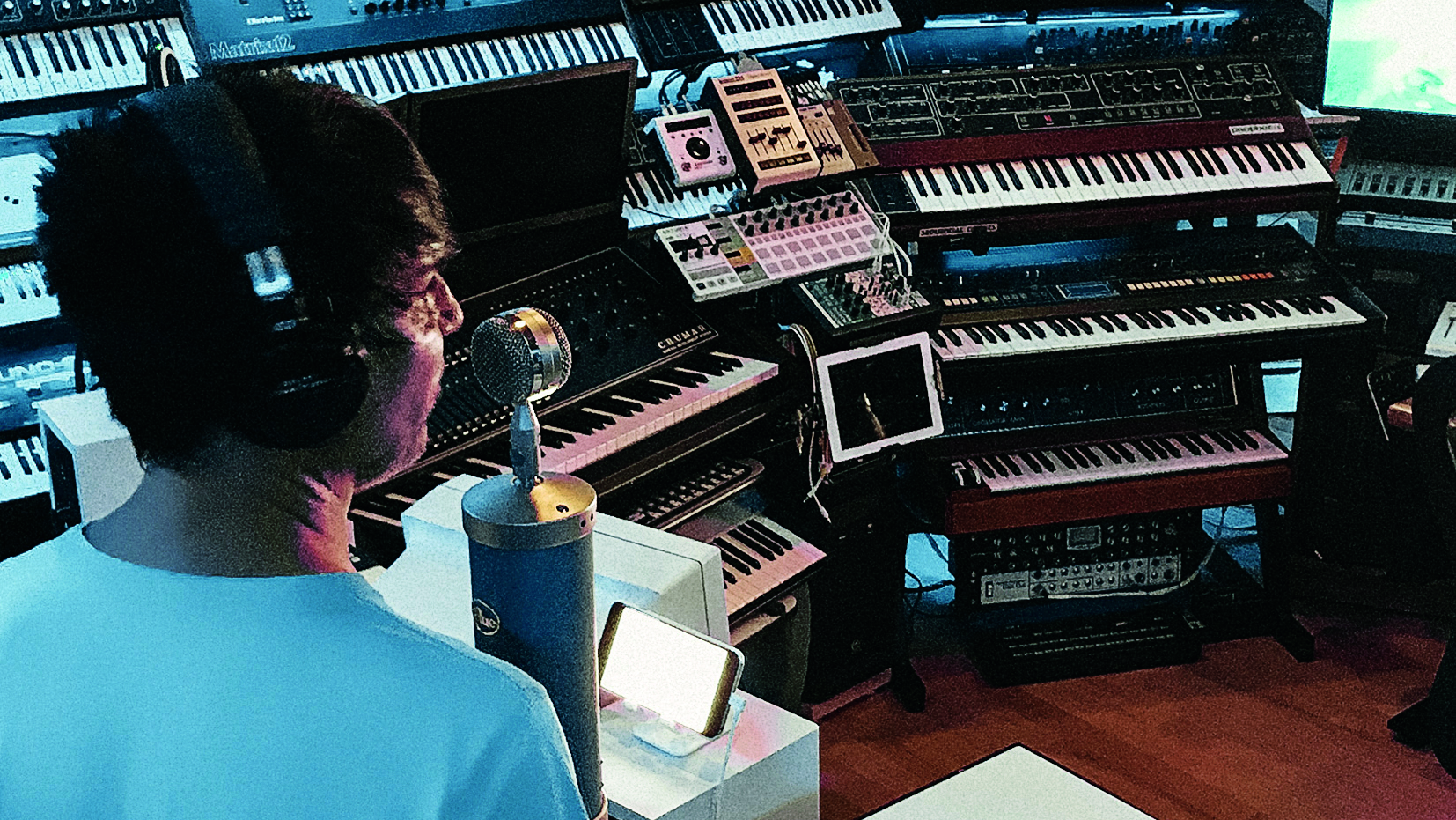
What’s in the second area?
“The second area in the back is for all my ’90s gear. It has an Akai MPC3000 with an old Apple Monitor, effects units like the Roland SRV-330, Aphex Aural Exciter Type C, Alesis QuadraVerb and a Panasonic SV-3700 DAT player. I’ve still got my SyQuest 270MB drive, an IBM computer and my old Akai S900 retrofitted with an SD card. This whole area is the exact same setup I used to make Ima, ESCM and Movement in Still Life and I’m still making music here with all the ’90s sounds and techniques.”
Of your hardware synths, which stand out?
“The Sequential Circuits Prophet VS, and one of my favourite synthesisers ever is the Sequential Circuits Prophet-600 with its little bespoke programmer - it has this modification built in to make the envelope super snappy. The Jupiter-6 and Juno-60 are some of my all-time favourites, but I love the Pro One and the Russian Polivoks because it’s such an unusual, angry bastard. It’s the closest thing I have to my OSC OSCar, which is currently in Texas being fixed.
"The Sequential Circuits Prophet T8 is a beast of an instrument - one of his finest, with poly aftertouch - and the Oberheim Matrix 12 has the biggest analogue string sounds I’ve ever heard. The Korg DS-8 is one of the best synths ever made – it’s the only FM instrument that has this unison detune mode on it. That thing sounds massive!”
You forgot to mention the Yamaha CS-80…
“The CS-80 is the mother of all synths. I’m using this thing a lot on a game that I’m scoring right now. There’s never been a more expressive electronic music instrument. To be able to control the ring mod speed with poly aftertouch is one of the most psychotic things I’ve ever seen. I’m actually controlling the CS-80 right now using a ROLI Seaboard.
"My main go-to synths, which are always on when I’m writing, are the Roland Jupiter-8, which is probably my favourite instrument, the original ’70s Minimoog and The Prophet-5, which has been refurbished to the metal. That has such colour and warmth. When you play it, it’s like an amulet, and I don’t know why synths can’t sound like that now.”
Why do you think manufacturers prefer to lean towards clones rather than making these more unique vintage-type synths?
“I’ve got all the Behringer stuff – my 101 and 808 clones sound great, but the reason people are not making instruments that sound like the classics is complex. I don’t know if you’ve seen the Macbeth MicroMac X-Series synth, but it’s the biggest-sounding modern synth I’ve heard, with a humungous Minimoog-like bass sound.
"The answer to why they’re not making these big vintage poly synths anymore lies in the Macbeth X-Series. Everybody is using surface mount chips and modern op-amps. The thermal signature of these old synths is terrifying. First, the heat reductive circuits really impact what they sound like; second, the op-amps in every one of these old synths are shit; and third, the support circuits are all through holes. I’m not a tech guru, but I can open them up to make MIDI modifications while the modern ones are made by computers that don’t have the same support circuitry or the capacitors, transistors and resistors that affect the sound.
"You can use a Curtis filter chip and you’ll get that Crumar Bit One or Prophet-5 sound, but the circuitry surrounding it is what gives you that subtle colouration, distortion, overdrive and wave shaping. It all adds up per voice to create this sonic soup - a pool of warmth - before it even reaches the filter.
"Many of these capacitors don’t even exist anymore and the modern equivalents are made by robots where the modern op-amp is silent. The guts of synths like the Prophet-5 were built in Dave Smith’s garage over a period of weeks, but no one wants to do that now – they’re just banged out in China. A bucket-list dream of mine is to make a real polysynth.”
Tells us how you’ve managed to reverse engineer your Fairlight CMI III?
“When I was a kid, the Fairlight cost as much as a house, now they’re showing up broken. Mine was literally destroyed, so I took every key off it and retrobrighted them in the bath tub, recapped every card, rebuilt the power supply and repainted the chassis.
"I refurbished this thing to the metal; it’s got a CF card reader in it. The monitor was destroyed in transit, so I sent an email to my dear friend Stewart Copeland from The Police - a famous Fairlight user - asking if he knew where I could get one. I didn’t get a response, then two weeks later I found he’d sent a monitor in the post - I was nearly in tears.”
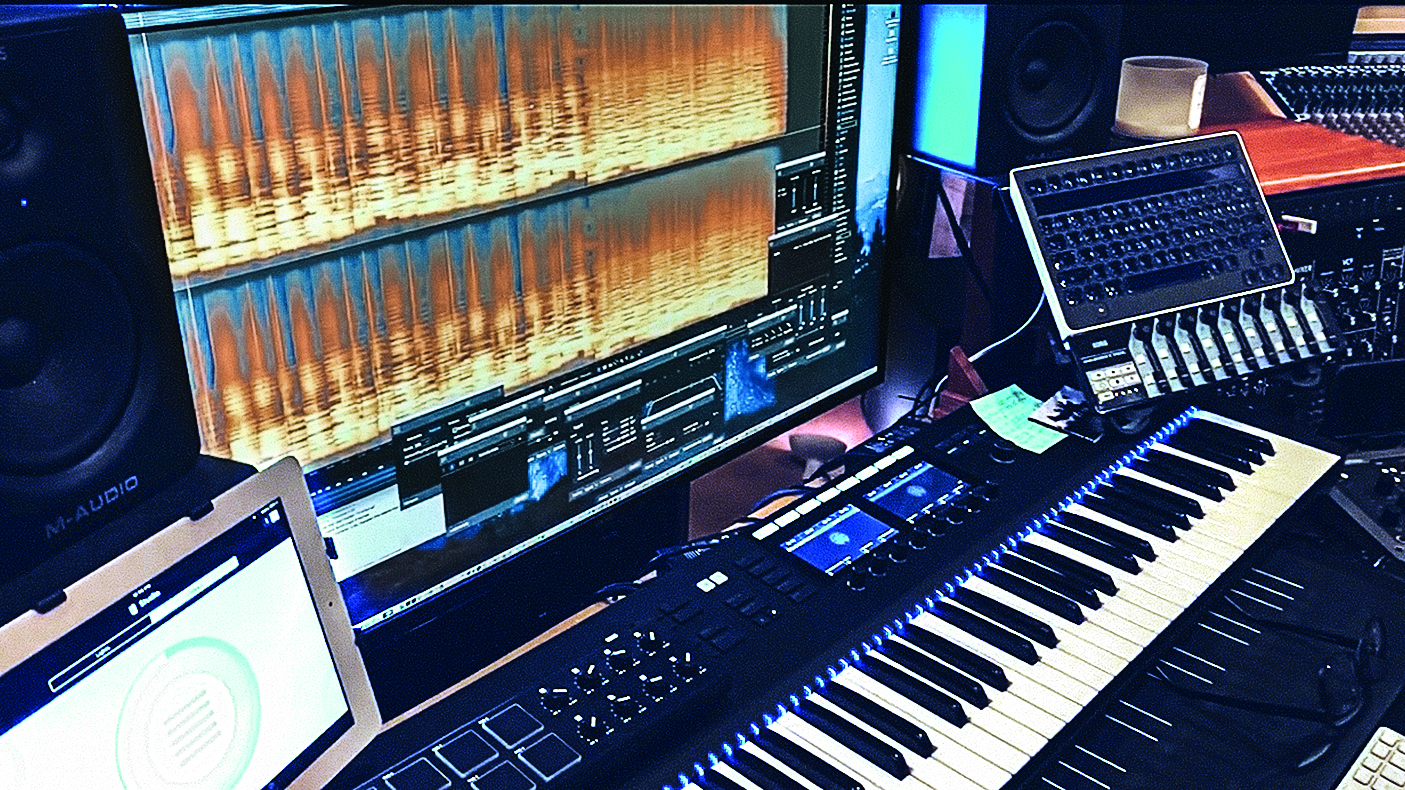
And is your Fairlight also compatible with Kontakt samples?
“My friend from Chicken Systems makes a program called Translator, so working with Peter Vogel, Steve Rance and the original Fairlight crew, we reverse-engineered the entire Fairlight operating system and are now able to port a Kontakt instrument from the main computer to the Fairlight and vice versa.
"Hans Zimmer actually reached out to me recently and asked if he could get his Fairlight going in the same way. It takes forever to load things, but once I’ve flicked through some Kontakt patches and started uploading them I can just grab a coffee and it’s ready to work.”
What’s the benefit of uploading sounds into the Fairlight?
“With every voice, the sample rate on each card is slightly off. There’s no clock locking them together, so you can play a middle C eight times in a row and every voice is tuned and panned slightly differently. When you put a chord on that thing, it’s like the heavens have split open. In this whole room, it’s the biggest sounding instrument I’ve ever touched.
"The drop on the new track No Warning Lights with Emma Hewitt is Fairlight; the big supersaw sounds are samples from the Jupiter-8, Prophet-5 going into the Fairlight. The album version has a bell, marimba and a wood block, so it’s got a very Kate Bush/Peter Gabriel sort of sound to it. I’ve been sequencing it from my main rig, but just started using its Page R sequencer. For the next record, I’m going to sequence whole songs on it.”
You similarly restored the infamous CRUMAR General Development System (GDS) synth?
“It’s the most sophisticated additive synthesiser ever built. There are only two of them - the other one is in the care of Wendy Carlos who scored Clockwork Orange, but this particular one was owned by Klaus Schulz of Tangerine Dream and I still have all his handwritten discovery notes in German. He put it into auction about 10 years ago because it had been toured and trashed, but the son of the family that bought it was a big fan and wanted me to have it.
"A big friend of mine is a synth tech wizard for any CPU-type stuff from the early technologies. She’s done loads of synth work for Aphex Twin and the Goldfrapp guys, so with the help of the original engineers, who are in their 80s and 90s now, we built MIDI for this instrument.”
On the software front, you’re famous for inventing the Stutter Edit plugin and you recently created Stutter Edit 2?
“A lot of things were missing from the first Stutter Edit that I was using as a technique, so there’s a completely new modulation paradigm called Time-Variant Modifiers (TVM). It’s somewhere between an LFO and an envelope, but all of them lock to clock and you can change the time period velocity so every parameter in the plugin has its own bespoke modulation source.
"The first Stutter Edit was a rudimentary VST, but in this one the DSP, two-band distortion - that feeds rhythmically for a crazy multi-effect - and liquid metal-sounding reverb pitch artefacts are remarkable. I can’t wait to hear how other people use it in their productions. Tycho posted a clip playing a guitar riff through Stutter Edit 2 recently and it sounded insane!”
BT's The Lost Art Of Longing is available now.


Future Music is the number one magazine for today's producers. Packed with technique and technology we'll help you make great new music. All-access artist interviews, in-depth gear reviews, essential production tutorials and much more. Every marvellous monthly edition features reliable reviews of the latest and greatest hardware and software technology and techniques, unparalleled advice, in-depth interviews, sensational free samples and so much more to improve the experience and outcome of your music-making.
